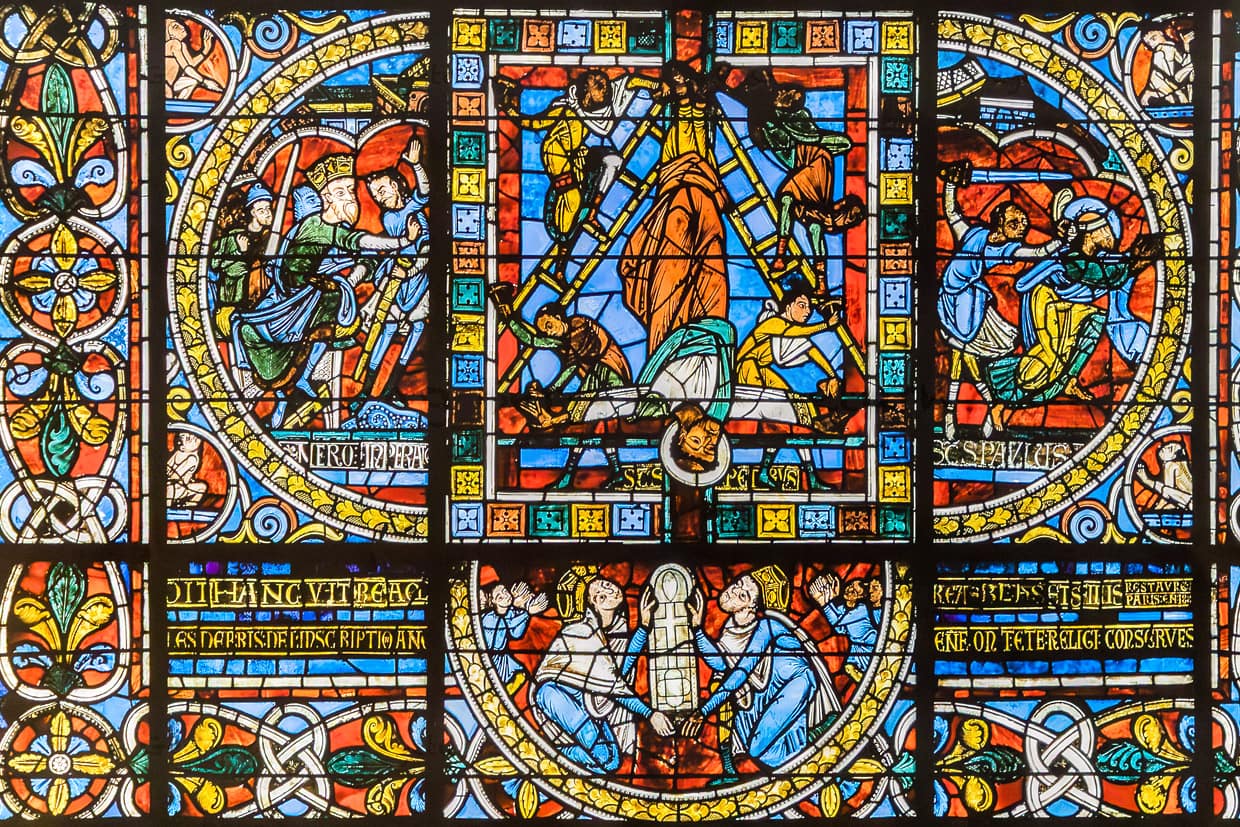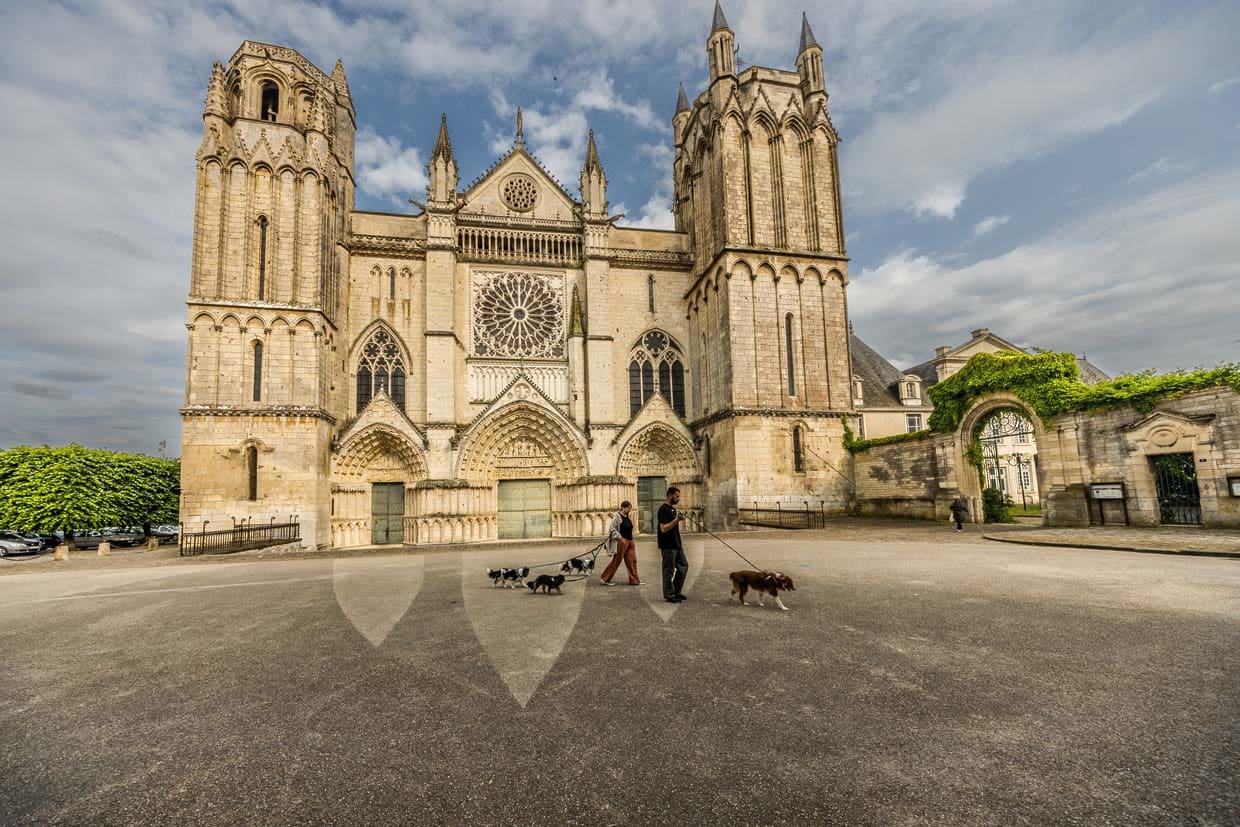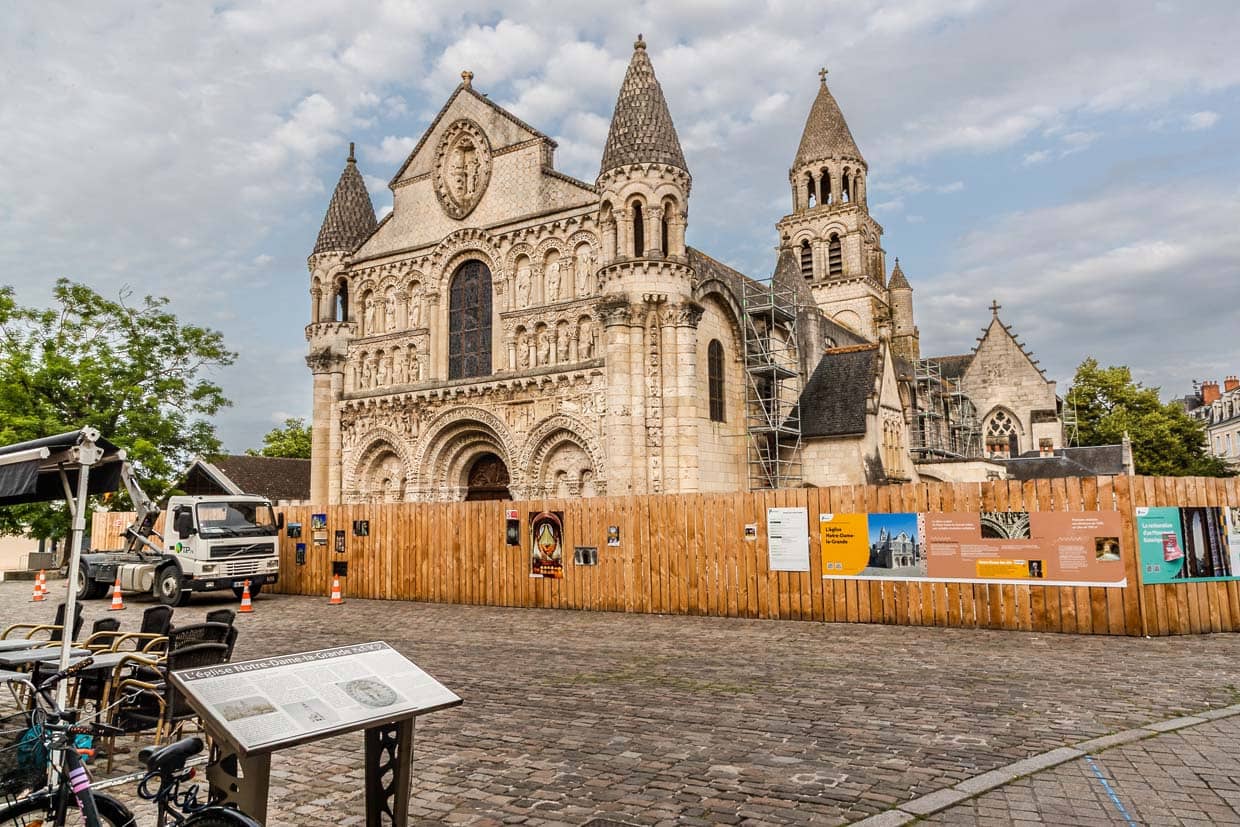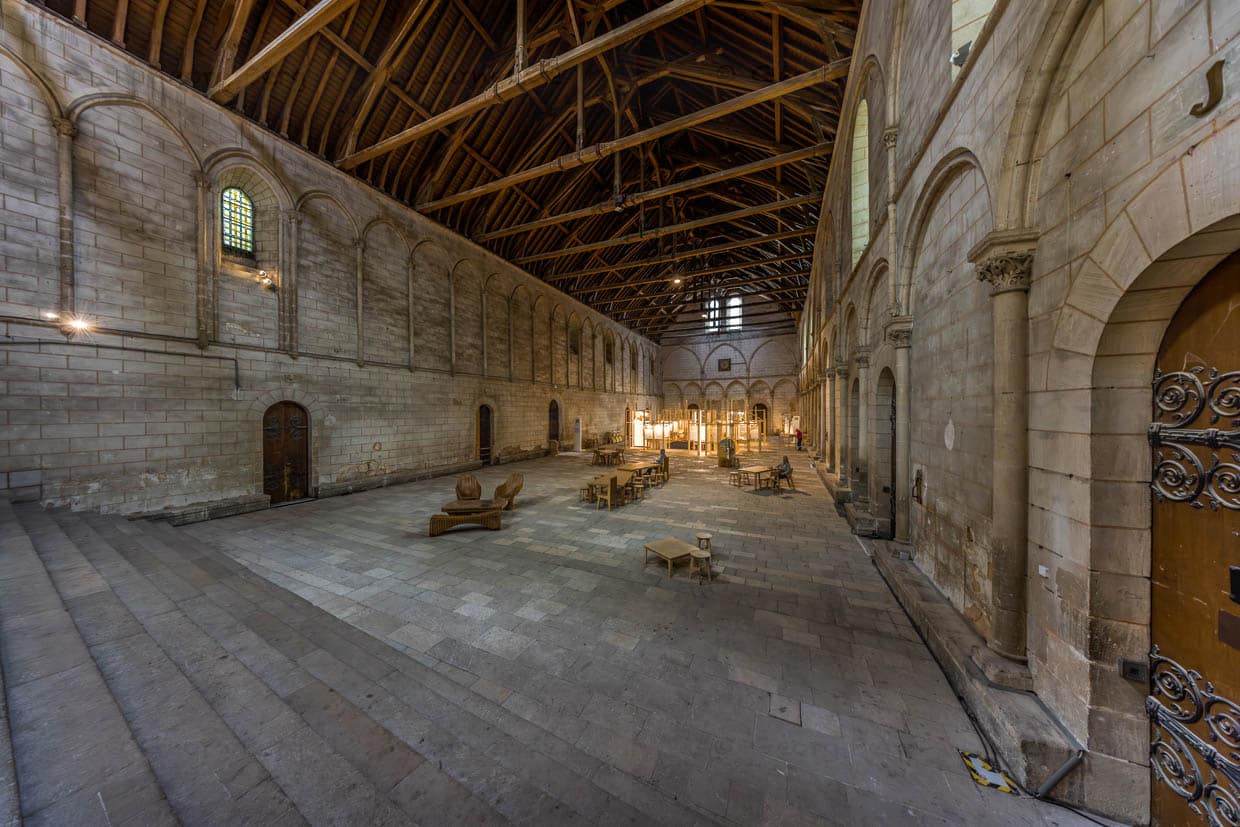The city of Poitiers in the Nouvelle-Aquitaine region is one of the oldest cities in France and its history dates back to the Celts. But it was Eleanor of Aquitaine who turned the capital of Aquitaine into a center of power. She was the femme fatale of the European Middle Ages: Duchess of Aquitaine in her own right, Queen of France by marriage and later of England, mother of the English kings Richard the Lionheart and John Ohneland, who are still known to us today from heroic sagas and films.

Eleonore gave birth to ten children from two marriages. Born in Poitiers in 1124 and probably died there in 1204, she reached an impressive age of 80. She spent 15 years in captivity in English castles, imprisoned on the orders of her husband Henry II. After his death, she took over the rule of England and Aquitaine again at the age of almost 70, while her son Richard the Lionheart set off on the Third Crusade in 1189. She also played a key role in his liberation from Hohenstaufen captivity and personally handed over the ransom money in Speyer.
You’d think you’d come across Eleanor on every corner in Poitiers – as a statue, in paintings, as the namesake of all sorts of things. But she doesn’t.

Woman without portrait
The life of Eleanor of Aquitaine offers so many stories that today it would be the subject of several seasons of a streaming series. But historiography has hardly any sources. None of Eleanor’s contemporaries left behind records that would correspond to a modern biography. On the contrary: after her annulled marriage to King Louis VII and her time at the French court, where Eleonore promoted art, music, singing and, above all, love, churchmen tried to erase any memory of this unconventional queen. As the granddaughter of the first known troubadour, Eleonore did everything she could to spread a new idea that changed the lives of women at court: the amour courtois, courtly love. It placed women at the center, sang about and adored them, and dedicated every activity to them. For the first time, women were removed from a purely religious context. For the first time, the idea arose among men that affection should be based on reciprocity. A small step towards equality – in the 12th century.

Memory made of stone
It is fitting that the monumental buildings in Poitiers tell of her work, as Eleanor of Aquitaine was considered to be assertive and defended the independence of the Duchy of Aquitaine throughout her life. Visitors can book an Eleanor of Aquitaine tour. This tour takes in historical and cultural sites that are closely linked to her life: Saint-Pierre Cathedral, Notre-Dame-la-Grande Church, the Palace of the Counts, the Town Hall and the impressive Salle des Pas Perdus.

The hall of lost steps
The Salle des Pas Perdus in the former Palace of the Counts is one of the largest and most impressive medieval secular halls in Europe. At 50 meters long and 17 meters wide, it provided space for courtly receptions, celebrations and political gatherings. Eleanor of Aquitaine had it decorated. The name Hall of Lost Steps seems to come from the vernacular: Vassals would wait for hours to reach the stairs in front of the three huge fireplaces, or defendants would hear the echo of their footsteps on the way to the trial. This is what happened during the Hundred Years’ War. Joan of Arc was also heard here in 1429.

To this day, Poitiers still lacks a statue of Eleanor of Aquitaine. Why is that? Is the influence of the churchmen still so strong? Hard to imagine. France also has a great program called 1% artistique: one percent of the construction costs of every new public building goes towards a work of art. A modern work for the former patron of the arts – that would undoubtedly suit the city and please Eleonore.
Highlights in Nouvelle-Aquitaine
The Charente winds its way through the French region of Nouvelle-Aquitaine for 380 kilometres. Its course leads from the mountainous headwaters over rolling hills and vineyards to the maritime floodplains at the estuary. From Angoulême, the French capital of comics, the river is navigable all the way to the Atlantic at Rochefort. It was once the main transport route for cognac production. Today, cognac houses and winegrowers invite you to take part in spirit tourism, while cycle paths such as the Flow Vélo take you past picturesque villages, old stone bridges, a rare floating ferry, water mills, castles and the historic centre of Angoulême. The Charente is still an insider tip, as it is one of the most unspoilt river landscapes in France: hardly any mass tourism, but plenty of nature, tranquillity and enjoyment. The small island of Aix was once a bulwark to protect the Charente estuary from enemy fleets and is now a popular destination for a day trip to the sea. There is also plenty to discover in Nouvelle-Aquitaine away from the Charente. For example, some skewered plate art made us think outside the box once again. The city of Poitiers, halfway between Paris and Bordeaux, was the centre of power in the Middle Ages and offers immersive cinema at the Futuroscope leisure park. The city of Limoges is famous for its French porcelain, and a tour of the city provides an insight into the art of porcelain making. There are also great museums dedicated to the history of porcelain art . The journey continues to the Creuse and Berry region. It is the home of the writer George Sand and the cradle of tapestry in France. In A Carpet for George Sand, the two themes are linked. The Cité internationale de la Tapisserie in Aubusson shows that carpets are not the dusty art of bygone days.
The research trip was supported by Nouvelle-Aquitaine Tourism and Visit Poitiers


